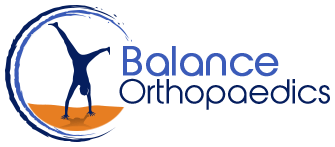Anterior Stabilisation
What is the aim of anterior stabilisation?
The shoulder consists of 3 bones (humerus, scapula and clavicle) which together form a ball and socket joint and helps in the flexible movement of the shoulder. The shoulder is supported and stabilised by strong muscles, ligaments and a rim of cartilage tissue called the labrum. Falls and other traumatic injuries to the shoulder can dislocate (displace) the ball of the humerus (upper arm bone) out of the socket of the shoulder joint forward and cause a tear in the labrum. This condition is called a bankart lesion. Anterior stabilisation aims to restore your shoulder stability and prevent future dislocations.
Anterior stabilisation procedure
Anterior stabilisation is performed to repair the damaged labrum and tighten the surrounding ligaments. This surgery can be performed under general anaesthesia, as open surgery, involving a single large incision on the front of the shoulder or by arthroscopic minimally invasive surgery using an arthroscope (long tube attached with a camera and light source) which accesses the shoulder joint through 3 to 4 small incisions at the front of the shoulder. Your doctor fixes the labrum back to the ball and socket joint of the shoulder with the help of special anchors, and tightens and/or repairs the overstretched and damaged ligaments.
Recovery after anterior stabilisation
After the surgery, you will be advised to wear a sling for about 6 weeks. Your physiotherapist will advise you to perform several post-operative exercises for your complete recovery.
Complications associated with anterior stabilisation
Like all surgeries, anterior stabilisation may be associated with complications such as infection of the wound, stiffness or pain in your shoulder, damage to the surrounding nerves and blood vessels, and allergic reactions to anaesthesia.
